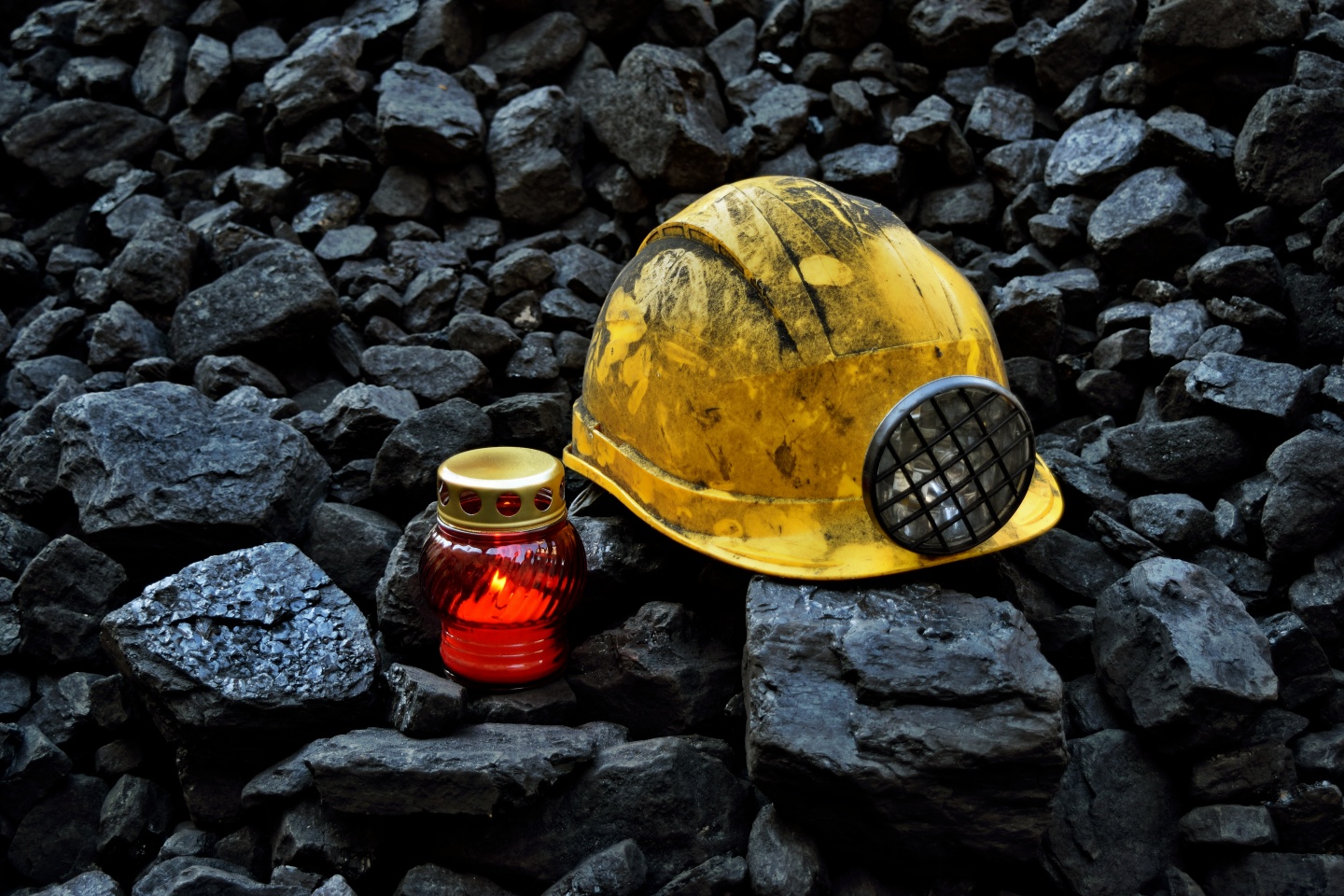28 April, 2019Beyond the usual sound bites and press statements, there is a danger that the mining industry might have gone numb, unfeeling and almost unresponsive, to the avalanche of deaths in the mining industry. These sound bites and press statements, by governments and mining companies referencing both public and private policy statements seem at odds with the reality experienced by mine workers and society.
Several geographically dispersed calamitous events around the world in the mining industry have focused the attention of the world on health and safety on the global mining industry. The dramatic rescue of 33 trapped miners from the depths of a mid-sized copper mine in Chile, the gruesome deaths of 29 miners at the Pike River coal mine in New Zealand, the death of 29 miners at the Upper Big Branch mine in the state of West Virginia, Mexico, Turkey, Pakistan, China, Afghanistan etc. come to mind.
Beyond these calamitous events, almost hidden from the world, mineworkers continue to die in the course of their work from a slow painful and imminent death resulting from occupational diseases. The re-emergence of black lung disease recently, a disease proudly proclaimed by the mining industry as a disease of the past - completely eradicated from the face of the earth - is an indictment on the industry, confirming the lack of meaning in their sound bites and press statements.
Though the adoption of The Safety and Health in Mines Convention, 1995 (No.176) by the International Labour Organization (ILO), was a welcome development, with a concomitant decrease in the rate and frequency of fatalities in the mining industry, a worrying upward trend in fatalities is emerging, with Pakistan and China as the epicenter of this upward trend. South Africa, another important mining country indicator of occupational health and safety performance has seen a downward performance trajectory in mining fatalities in the recent past.
The Safety and Health in Mines Convention, 1995 (No.176) is central to achieving the ILO’s decent work agenda and a decent future of work, and is the key to resolving the challenge of occupational safety and health in the mining industry. Global Trade Union strategies on Occupational Health and Safety have proven to be effective contributors to the achievement of the decent work agenda of the ILO and they stand ready to contribute to the future of work. Global trade unions have proved that “Trade Unions Save Lives” with their strategic approach to occupational health and safety in the mining industry. These global trade union strategies are best guarantors of the future of work agenda with their insistence on the link between occupational health and safety and sustainability underpinned by the “Just Transition” concept.
The resolution of the inherent tension engendered by the future of work imperatives such as accelerated technological advances, as in industry 4.0 or the Internet of things (IoT) that best describe the future of work must of necessity be resolved by considering the impacts of the future of work on workers, their families, and the communities that depend upon them. A trade union proposal exists to address the implications of new technologies for labour – the Just Transition concept. This must become central when policy options are adopted by governments on the question of the implementation of new technologies and the mitigation of their social impacts, particularly in the mining industry.
Trade unions have an organic relationship with workers, who are mostly alienated from the production process in a globalised work environment – an alienation that is likely to become more acute as Industry 4.0 transformations play out. The intimate relationship that workers have with the trade unions facilitates the critical role played by trade unions in health and safety in the workplace, the decent work agenda and the future of work.
Read the whole article on the ILO website.
28 April – mourn for the dead; fight for the living
28 April of every year has been designated by trade unions worldwide as a day of sadness, anger, and public mourning to commemorate all workers who have died as the result of their work: whether as the result of a sudden violent accident, a slow wasting diseases, or even an act of suicide brought on by workplace stress. In 2018, IndustriALL's Executive Committee reaffirmed its commitment to recognize and renew the spirit of 28 April as a trade union day of mourning worldwide, for workers killed, injured, or made ill as the result of their work.
We will never compromise or cease in our demand for workers’ rights to:
• know fully about workplace hazards
• refuse or shut down unsafe work without fear of reprisals
• participate fully in all health and safety decision-making
All of our sectors, and all of our regions, are called upon to commemorate 28 April. Please let us know about any events you have held!
This article relates to IndustriALL's ongoing campaign for the ratification of ILO Convention 176 on safety and health in mining, is just one example of our activities.
